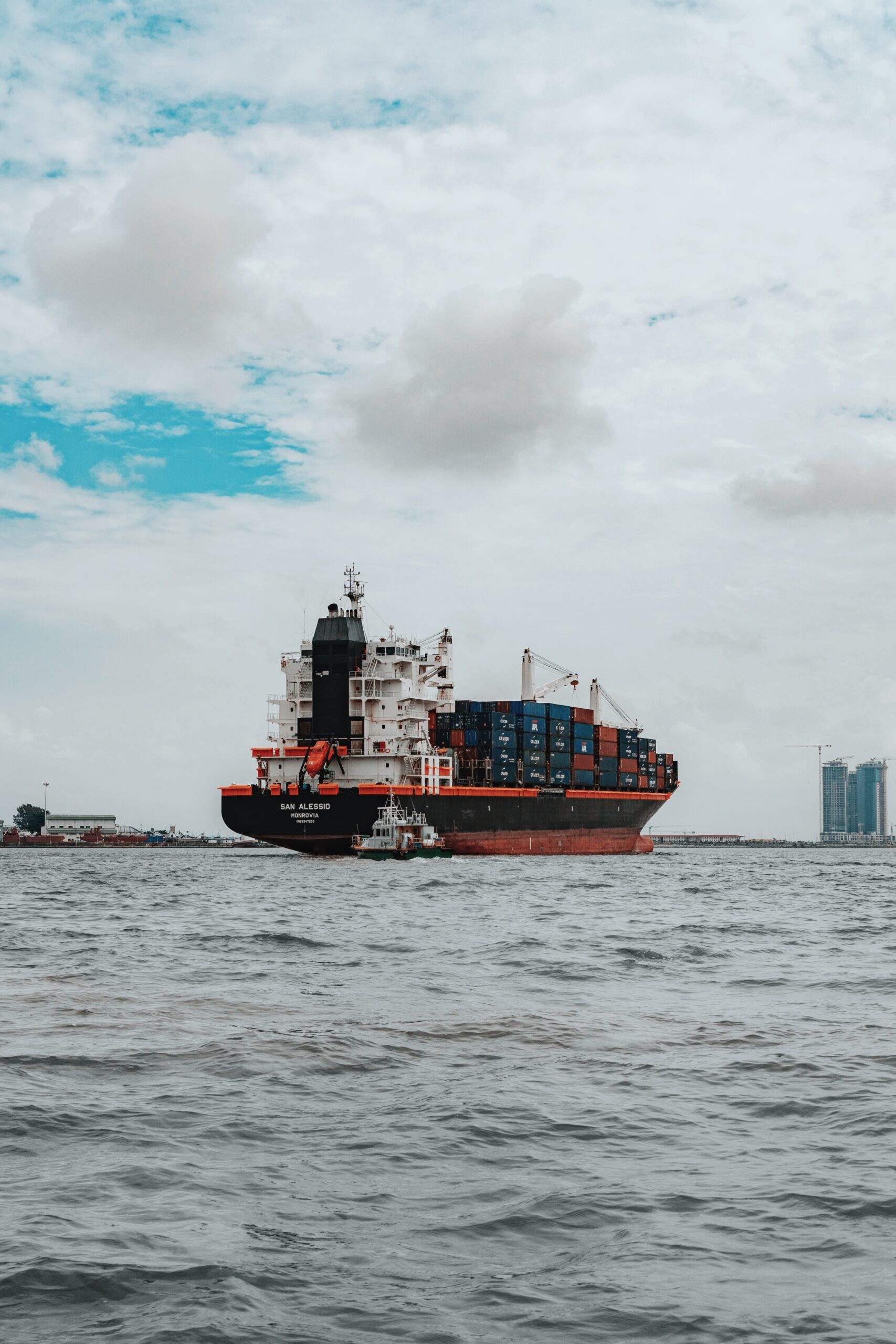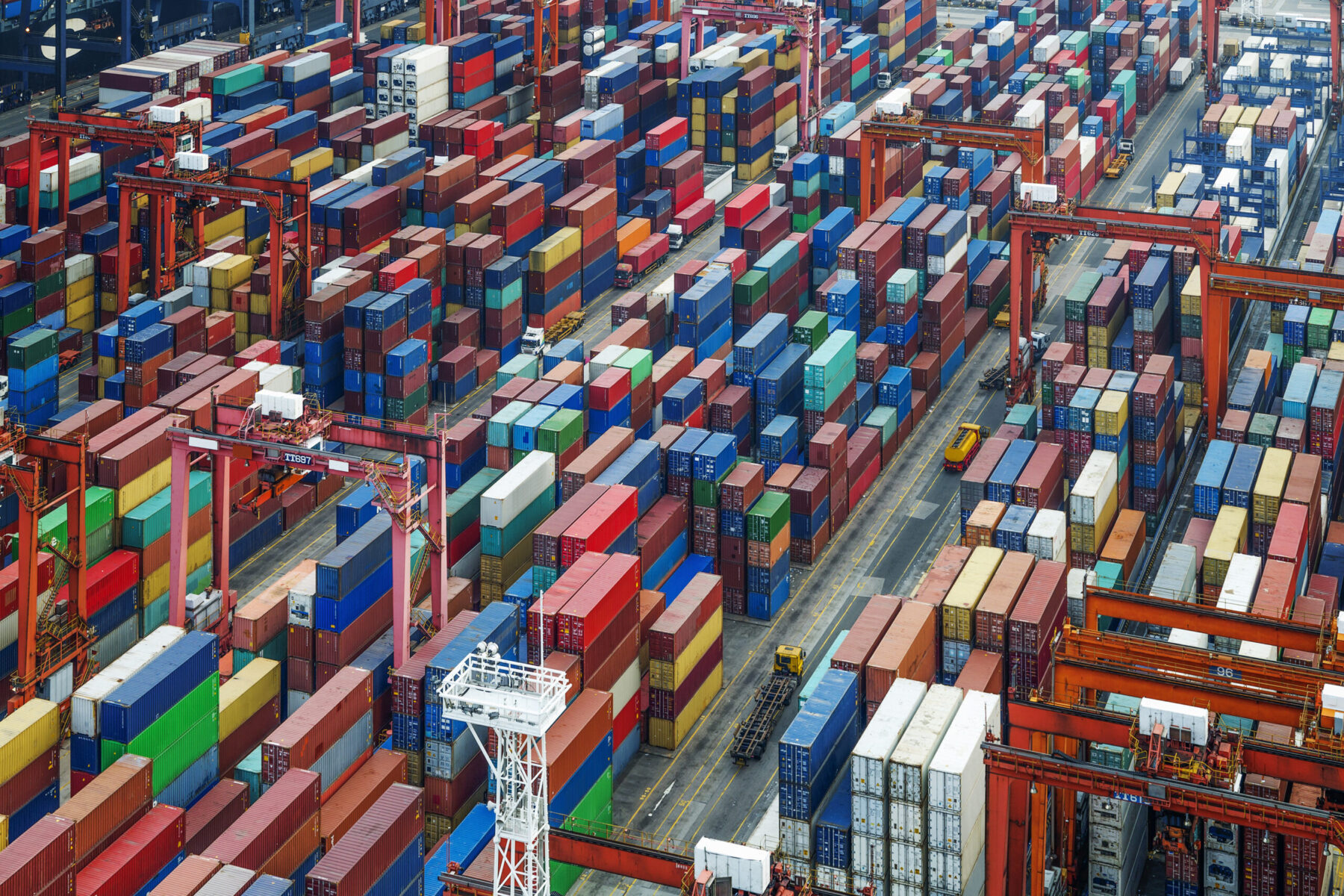Why it's time to take a long view of rates
May 09, 2023
Scroll to find out more
May 09, 2023
Scroll to find out more

For businesses who have been keeping an eye on developments in the ocean freight market, the question of long-term versus short-term rates is becoming increasingly important. While rock-bottom prices have encouraged many to play the spot market and chase the lowest cost shipment, there are indicators that this approach may soon run out of steam.
Changing alliances, infrastructure challenges in ports and the looming question of restocking are changing the calculation when it comes to long term commitments – while spot markets can deliver price savings in the short term, businesses need to start looking towards ongoing value. But the question of when, and how to manage the risks and volumes involved, is still up for debate.
To delve into these complex topics, we sat down with rate expert Patrik Berglund, CEO and co-founder of Xeneta on our podcast Freight to the Point.
While the headlines have all pointed to plummeting rates, the market’s overall condition is more nuanced than the stories suggest. Variations in trade lanes, global trade dynamics, and regional factors contribute to a complex and daily changing picture – one that is very much still capable of tripping businesses up when relying purely on spot rates.
Among the major trade lanes, outbound rates from the Far East to Europe, the US, South America, and the East Coast have mostly returned to pre-COVID levels. However, the extent of these rate reductions differs across specific lanes. For instance, South America has seen a substantial increase of $700 since March, while US West Coast rates are now closer to 2019/20 levels.
In contrast, backhaul trades have witnessed mixed outcomes – and have been much slower to fall in price. Although some trades have returned to pre-COVID levels, others, like the US West Coast to Far East lane, remain at merely reduced rates. In the transatlantic routes, for example, Europe-US East Coast rates have dropped dramatically but are still nearly double those of 2019/20.
The question for shippers is whether carriers have reached the limit of what they’re able to control. ‘If some of these GRI stick, it might seem that we reach some level of bottoming up depending on how much the carriers are able to pull out of the market in terms of capacity, sort of balancing supply and demand,’ explains Patrik.
The challenge for carriers has been the sheer scale of demand drop, where falls in cargo levels were worse than carriers anticipated, leaving them with thousands of unused TEUs and rocky financial results. At the same time, their cost base has increased, rates have fallen and carriers have been pushed to deploy more capacity into the trades that are still holding up, creating more downward pressure on these lanes.
Current speculation is that carriers may now attempt to implement General Rate Increases (GRIs), even if it’s too late to influence new contracts signed at lower levels for the first half of this year.
The difference for carriers now as opposed to two years ago is that they are currently in a stronger financial position due to the high revenues of the Covid-era, which seems to have made them slower to react when it comes to making meaningful changes for 2023.
For carriers to benefit in the current market, a restocking event within the next four months could create an artificial increase, allowing them to pull capacity and change the market equilibrium. If this occurs, the recent initial GRIs could stick, pushing the pendulum back towards carriers when it comes to market power.
The decision of when, how and with whom to commit to a relationship in shipping, as with life, is a highly personal one. However, in a long term view, shipper and carrier interests are moving back to alignment. After all, carriers and retailers essentially want the same thing – for customer demand to return, to restock on new products and to start filling vessels again.
For businesses locking in a long term deal now, in most cases this will be paying a small premium to the lowest levels that have been seen in the spot market for some time, providing peace of mind when it comes to restocking and sourcing capacity. However, the right decision is highly variable from business to business.
‘If you’re a low value, low margin commodity, then you are more sensitive to getting the absolute cheapest rates that you can get your hands on in the market,’ explains Patrik. ‘And on these front hauls, I would say it’s a little bit of a gamble to strike the long-term deals as it’s been in the past, the 12-month period.’
When it comes to hedging risk, businesses can consider:
However, with the moment of restocking still unclear – Xeneta’s own data puts it likely around Q3 2023 – businesses need to choose the right moment to make the change.
For shippers in today’s commercial climate, working with lower-demand and tight margins, committing to a volume-driven arrangement and fixed pricing can seem like a gamble. Indeed there are many unknowns to reckon with, from restocking to the Russia-Ukraine war, to the impact of ongoing economic policy tweaks from central banks worldwide.
Ultimately, the decision has to be about more than rates – and not all partners are created equal. Contracting with the right supply chain supplier, whether a forward or carrier, provides value beyond price, including:
This extended support has the potential to improve your business performance beyond the scope of short term rate considerations – and the sooner you start, the greater the opportunity.
Zencargo is the chosen supply chain partner for some of the world’s fastest growing businesses, working as an extension of their business to help them understand and optimise every step of their network in real time.
To find out more about how we can help you succeed with the right rates and beyond, get in touch with our team today.

To find out how you can take control of your supply chain costs and stay ahead...

To find out how you can navigate a path through uncertainty, book your free str...

To find out more about how Zencargo’s digital freight forwarding experts and te...